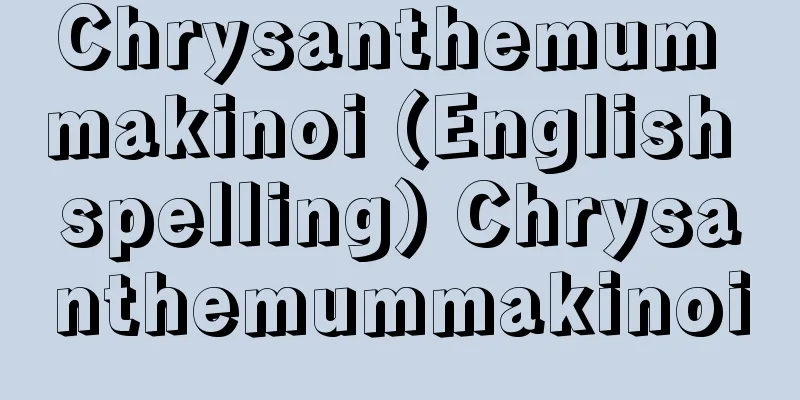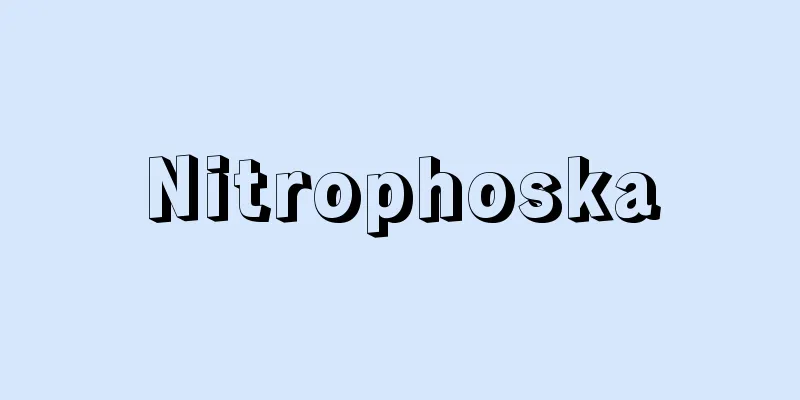New Haiku - Shinkou Haiku

|
The New Haiku Movement began in the early Showa period. In 1931 (Showa 6), Mizuhara Shuoushi published a critical essay entitled "Truth in Nature and Truth in Literature" in his magazine, Ashibi, arguing that the objective sketching style encouraged by Takahama Kyoshi produced trivial haiku, and sought to incorporate the material of truth in nature into oneself and refine and refine the truth in literature. This was Ashibi's act of independence. This inspired young haiku poets to gather around Ashibi, and haiku magazines such as Amanogawa, Dojo, and Ku to Hyoron also actively sought to modernize haiku. Yamaguchi Seishi, whose haiku had been attracting attention for their expansion of new materials and compositional techniques, joined Ashibi, and together with Ashibi, whose haiku were rich in romantic lyricism, they spearheaded the new movement. The new movement actively engaged in serial haiku, and was given the name "New Haiku" by Kaneko Tokenka (editor of Haiku Monthly), but issues arose over the use of individual and whole poems in a serial, and the presence or absence of seasonal words. When non-seasonal and super-seasonal poems were even accepted, Kosoushi and Seishi left the movement around 1901. In 1902, Hino Sojo launched Kikan, a magazine that attracted talented poets, and together with Kyoto University Haiku, Dojo, Ku to Hyoron, and new magazines Kasabi and Jimeisho, various artistic and social endeavors were attempted. This was around the time the Sino-Japanese War began, and attempts were made to use the imagination to write haiku that reminisced about the fires of war, and war-weariness poems were also written. Finally, between 1940 and 1941, key members of "Kyoto University Haiku" and "Dojo" were arrested under the Peace Preservation Law, and the movement was destroyed. The New Haiku Movement was a groundbreaking movement for innovation in haiku that became the mother of modern haiku, and left behind masterpieces with a highly advanced poetic consciousness. Representative haiku poets were Saito Sanki, Takaya Soshu, Tomizawa Kakio, Watanabe Hakusen, and Shinohara Hosaku. [Terutoshi Hirai] Source: Shogakukan Encyclopedia Nipponica About Encyclopedia Nipponica Information | Legend |
|
昭和初期に始まった新俳句運動。1931年(昭和6)、水原秋桜子(しゅうおうし)は主宰誌『馬酔木(あしび)』に批判文「自然の真と文芸上の真」を発表、高浜虚子(きょし)の指導奨励する客観写生が些末(さまつ)な草の芽俳句を生み出しているとして、自然の真という素材を己のうちに溶かし込み、鍛錬加工した文芸上の真を求めようとした。『馬酔木』独立の挙であった。これが若い俳人を刺激し、『馬酔木』に結集、『天の川』『土上(どじょう)』『句と評論』などの俳誌も活発に俳句の近代化を求めた。『馬酔木』には、新素材の拡充と構成的手法によってその句の注目されていた山口誓子(せいし)が加入、ロマン的叙情性豊かな作句をする秋桜子とともに新風の先頭にたった。新運動は連作俳句に積極的に取り組み、金児杜鵑花(とけんか)(『俳句月刊』主幹)によって、「新興俳句」の名称を与えられたが、連作中の個と全、季語の有無が問題となり、無季や超季の容認まで行われるに及んで、秋桜子、誓子は36年ごろよりこの運動から離れた。35年、日野草城(ひのそうじょう)の『旗艦(きかん)』が創刊され、俊秀を集め、『京大俳句』『土上』『句と評論』、新誌『傘火(かさび)』『自鳴鐘(じめいしょう)』などとともに、さまざまの芸術派的、社会派的試みを重ねた。おりしも日中戦争の始まった時期で、想像力による戦火想望俳句も試みられ、厭戦(えんせん)句もつくられた。ついに40年から41年にかけて、『京大俳句』『土上』などの主要メンバーが治安維持法により検挙され、この運動は壊滅に至る。新興俳句運動は、現代俳句の母胎となる画期的な俳句革新運動であり、高度の詩意識による秀作を残した。代表俳人は西東三鬼(さいとうさんき)、高屋窓秋(たかやそうしゅう)、富沢赤黄男(かきお)、渡辺白泉(はくせん)、篠原鳳作(しのはらほうさく)である。 [平井照敏] 出典 小学館 日本大百科全書(ニッポニカ)日本大百科全書(ニッポニカ)について 情報 | 凡例 |
>>: Artificial hibernation - jinkotomin
Recommend
Cross-linking
A bond that connects linear polymers to form a cro...
Carex sacrosancta (English spelling)
…[Tetsuo Koyama]. … *Some of the terminology that...
Cripps, Sir Richard Stafford
Born: April 24, 1889, London [Died] April 21, 1952...
Sanae Takada
Educator and politician. Born in Tokyo. His pen n...
Fellow traveller
…It is an abbreviation of the English word sympat...
Crab Monster - Crab Monster
...The crab spirit, wearing a mask of Kentoku on ...
Side Kyogen
(1) A classification name for Noh and Kyogen play...
Altung, H.
...The works of Fautrier and Bors during and imme...
Manhattan
...These natural conditions, combined with histor...
Guemul deer (English spelling)
A mammal of the Cervidae family in the order Artio...
'Arafat (English spelling)
...Pilgrims, clad in two seamless white cloths (i...
Belfry
… [Hibino Takeo] [Western] A bell tower stands be...
sex check
...A test given to women in a gender-segregated c...
Simpang Kinabalu (English spelling)
...Kinabalu National Park covers an area of 686...
Elsa Wildlife Foundation
…She was also an accomplished painter, producing ...





![Toshima [village] - Toshima](/upload/images/67cc57726b0dd.webp)



